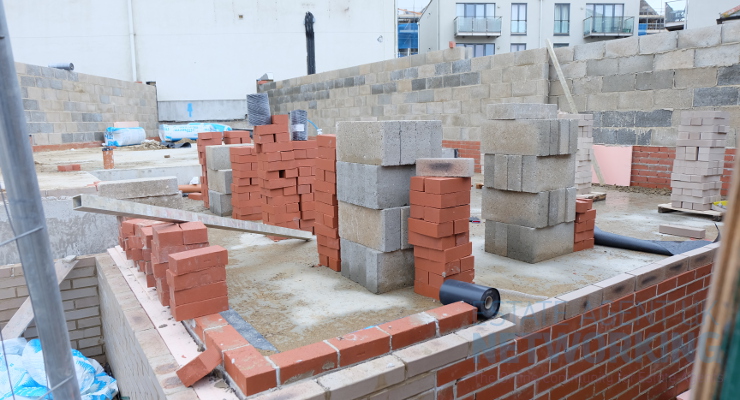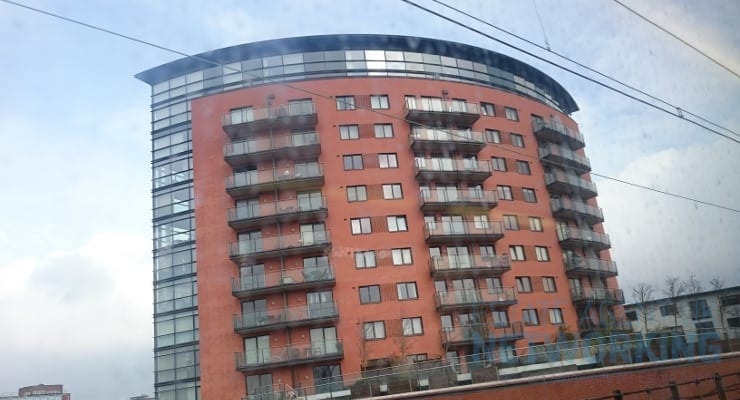Top Strategies on How to Build and Construct a House
Constructing a good house requires expertise and knowledge in building and construction. Moreover, there are other things involved during this process. These include getting a permit, understanding the architectural design, and hiring workers.
The land where the structure is constructed, and accessibility to raw materials are other factors to consider. The precise determination of these factors is difficult without experience and knowledge in the field of property management.
Apart from getting building and construction knowledge from school, you can learn them on the internet. Various online tools are sources of information, and these include YouTube, MOCCs, and academic blogs. Visit these sites to find more info on how to build and construct a good house.
Besides using online sites to get information, contact an expert from an essay writing service company for assistance. Ask him or her to give you a dissertation sample on building and construction. You are likely to get detailed knowledge and ideas. Well, here are guidelines on the process of constructing a house.
1. Prepare the site of construction
Once you have identified the place to construct your building, prepare it. The preparation process would entail clearing bushes, making paths, and inspecting the suitability of the soil for construction.
Identifying soil suitability is essential because it would determine the building to construct in the area. For instance, it is not advisable to construct a house in sandy soil. The reason is that the foundation of the structure would fail.
2. Get government licensing and permit
Before you dig any foundation, you have to get a government permit. Contact the local authority to accept the structure’s architectural plan and ask them for a license. They should provide authorization for all the elements associated with the building, and this includes:
- Zoning of the area;
- Constructing the septic tank system;
- Installing electricity and doing plumbing work.
Once you obtain the permit, begin constructing the house. Layout the foundation, and ensure it is as per the design. Failure to follow an architectural plan may increase the costs of construction. Besides, it may result in the development of a low-quality house. Furthermore, your local agency may demolish it, with the justification that you gave inaccurate information during license registration.
3. Construct the body of the house
The process of constructing the body of the structure is critical. It is here where you will come up with the walls and various sections of the house. Ensure you space out the bedrooms, sitting room, and kitchen as per the plan. Don’t over or under or over space the various sections of the house.
Moreover, if you intend to put a basement, dig a hole, create footholds, and form a foundation wall. But, in a slade-on-grade house, the spaces of the footholds dug, leveled; after that, utility runs are built in them. An example of a utility run is the electrical chase. Once you have fitted them, pour the slab.
4. Build the roof of the structure
Once you are through with the body section, put your focus on the roof. Talk with your contractor, and identify the requirements of roofing. Some of the things that you may need include nails, wood, and PVC materials. But, depending on the type of roof you want to construct, the PVC might not be necessary.
So, some of the materials to consider for constructing your roof are concrete, aluminum sheeting, and ceramic tiles. The use of these resources can also result in a better roofing structure. Nonetheless, before choosing the materials to use in your roof, consider the cost.
Always ensure that you operate within your budget, or else you might build a substandard roof. Furthermore, the materials might be costly, resulting in a delay in your construction. So, you will end up spending a lot of money and taking considerable time to finish your housing project.
5. Paint the house
Once the roofing is done, you need to paint the house. Get an expert, choose a good color, and let the process of painting to begin. Ensure that the right combination of colors is used so that the building is attractive to watch.
So, what are the colors to use? This is the right question. The coloring of your building should depend on its purposes. For instance, don’t use dull colors in student hostels because they may not like it. Students are known to be energetic and active. Thus, red, blue, or white coloring may appeal to them.
Concluding Remarks
Well, building a house is not a difficult thing. Just follow the identified instructions, and everything will be okay. But, remember not to ignore expert advice when constructing the structure.









